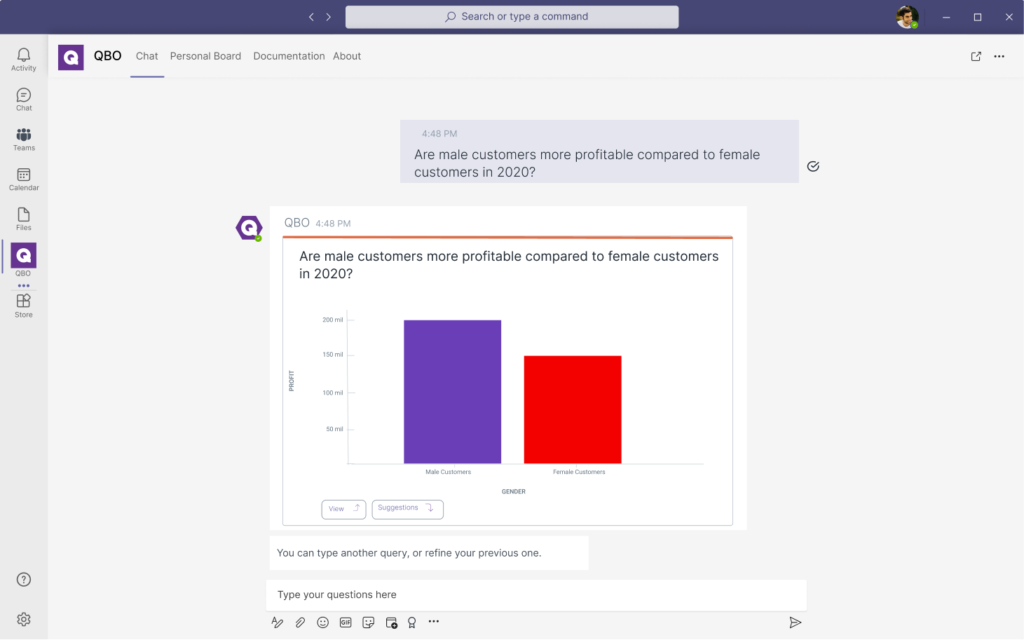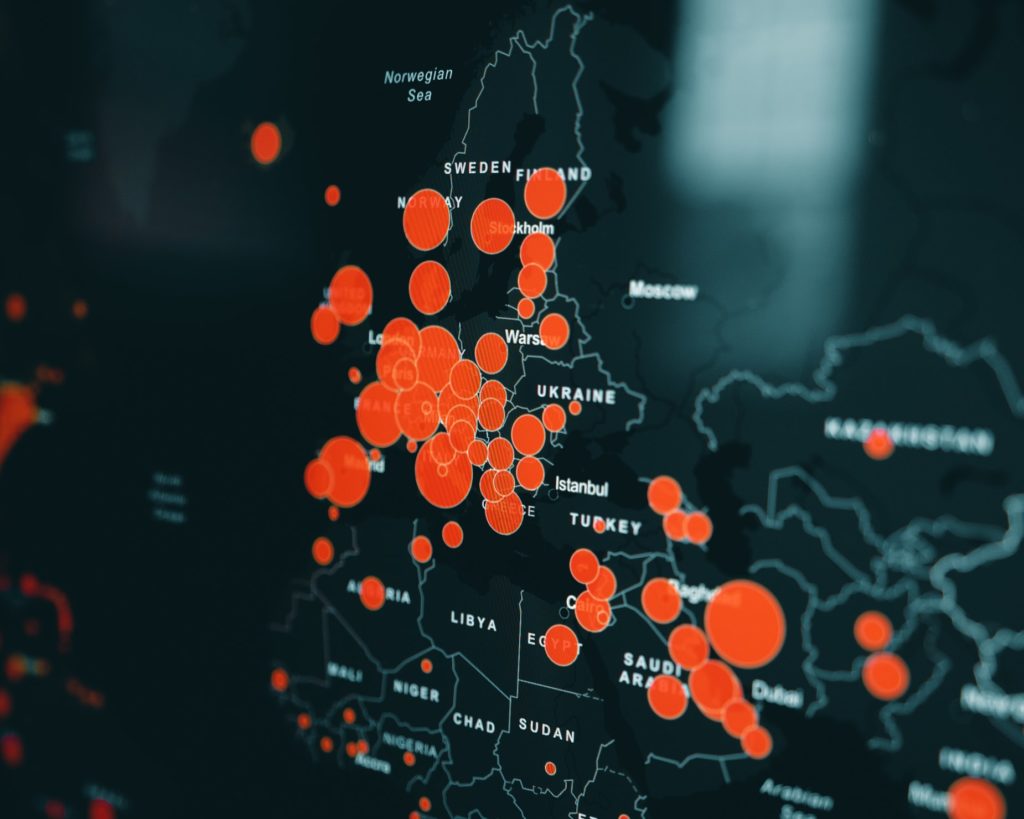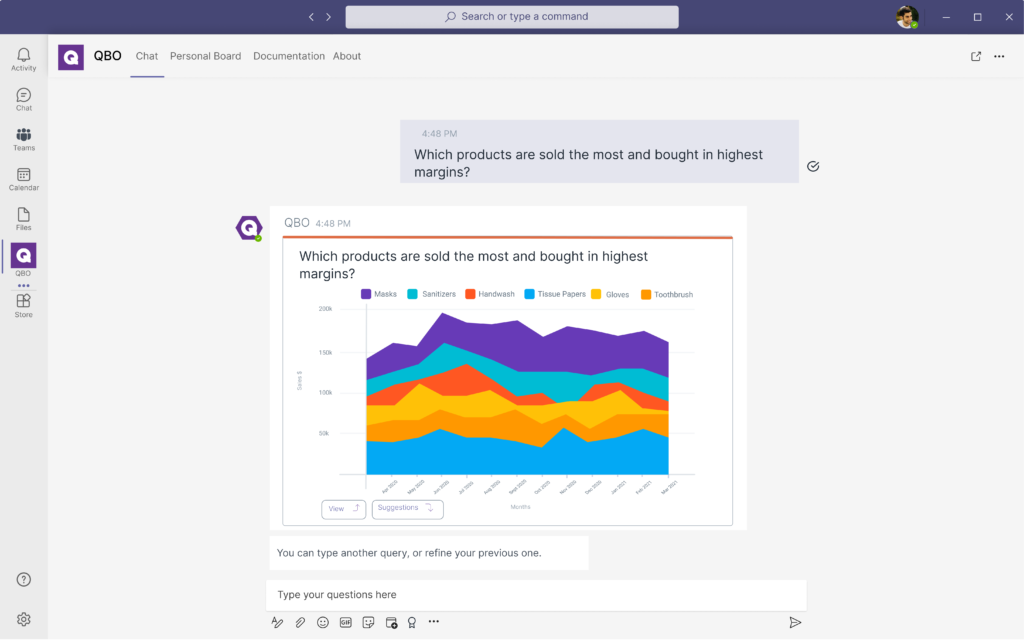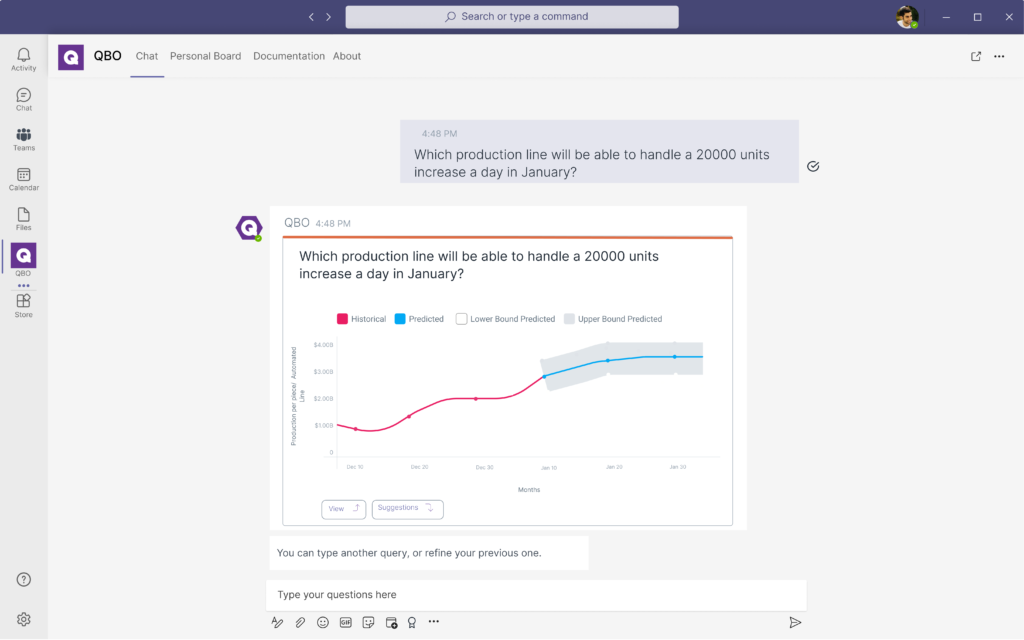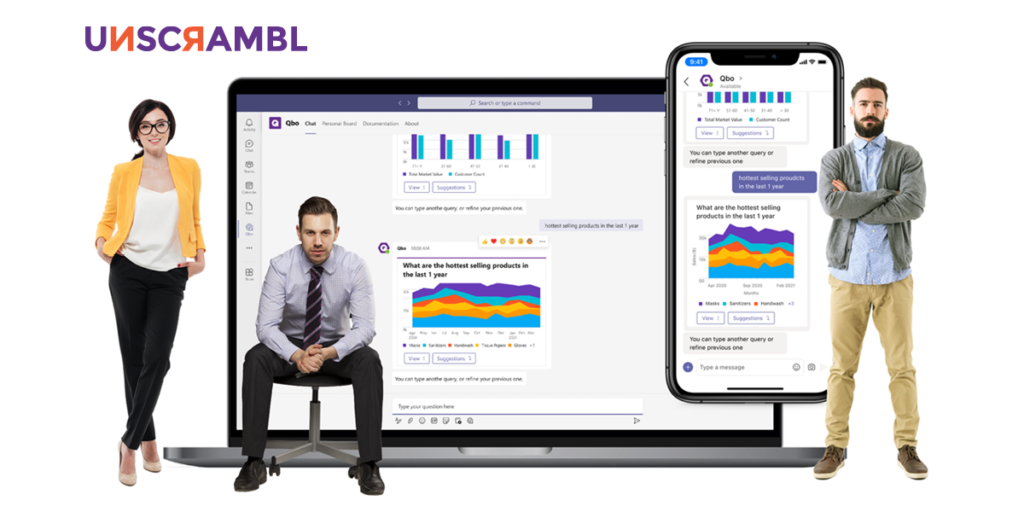 6 Minutes
6 Minutes

Business Intelligence Vs Data Science (What’s The Difference & Key Takeaways)
The importance of data today cannot be overstated. From influencing the way we watch our favorite TV series to how we are targeted by ads that seem to know our preferences, data is fast controlling how decisions are made throughout our lives.
While data is certainly powerful, it is a raw material, like oil, which requires the right type of refining to become useful, especially when it comes to making critical business decisions.
As the complexity and streams of data increase with the rise of IoT devices, organizations are turning to business intelligence and data science to make sense of their data.
However, what is the difference between business intelligence and data science? Do they seek to accomplish the same goals?
And more importantly, which is the most crucial and functional for your business today?
In this article, we will be going through what you need to know about business intelligence and data science.
What Is Business Intelligence & Why It Matters
Business intelligence is the process of analyzing, transforming and presenting an organization’s data into actionable insights.
These insights can then be utilized to improve business strategies, performance and operations as well as unlock revenue opportunities.
Some of the benefits of business intelligence include:
- Data-driven decision making for both real-time situations and longer-term business planning
- Improved organizational collaboration
- Critical insights on demand
- Uncovering and maximizing revenue opportunities
- Capitalizing on market trends
With business intelligence, companies will be able to ask key questions such as:
“Which product is driving the most revenue over the last 12 months?” “Are male customers more profitable compared to female customers in 2020?”
Insights from queries such as these allow companies to make sense of their data and gain valuable insight that can maximize profitability.
What Is Data Science & Its Applications
Data science is a field where data is extracted, manipulated and processed by a variety of scientific methods and machine learning algorithms.
Data science analyzes both structured and unstructured data to find patterns, allowing users to make future predictions.
While data science can certainly be utilized to gain insight into your data, data science shines when it comes to deriving predictions for an event that has not happened yet or a business decision that has yet to be launched.
For example, a company can use data science to answer questions such as:
“What would our profit margin be over the next 10 years if we move our manufacturing operations to China?” “Which customer segment should be the target for our new range of products?”
Data science allows users to start with a hypothesis or idea and then utilize data to predict the eventual outcome of a potential decision.
While this might seem powerful, the predictions given are not concrete outcomes that will manifest in the future – they shouldn’t be entirely relied on to sell a business case.
What Are The Similarities & Differences Between Business Intelligence & Data Science
While business intelligence and data science might seem totally different, they are focused on delivering key insights to organizations to improve the way business is done.
Business intelligence, especially when it is powered by conversational analytics, allows users across an organization to gain insights on demand to make critical decisions in real-time.
Users can simply use their BI tool to harness data from their data warehouse or directly from their servers without the need for help from IT experts.
Data science on the other hand helps businesses to analyze complex, structured and unstructured data to also give insights to organizations.
However, as mentioned above, data science and business intelligence are distinctly different.
While business intelligence focuses on bringing value to what is previously and currently known, data science works wonders in the realm of the unknown, giving predictions to what might lie ahead.
Utilizing Data Science Is A Steeper Challenge vs Business Intelligence
Business intelligence has come a long way from its roots of semantic layer-based platforms and subsequent visual-based data discovery platforms.
With augmented analytics that harnesses the power of conversational analytics and machine learning capabilities, business intelligence has become highly usable to users across an organization.
There isn’t any heavy reliance on data analysts – everyone from the business leaders to ground staff can simply ask questions to their data and gain instant insights, anytime and anywhere.
However, the same doesn’t hold true for data science.
Data science requires a team of data scientists to accurately analyze the data, create predictive models and algorithms as well as a host of other responsibilities including:
- Investigative and exploratory data analysis
- Operating the predictive models
- Applying statistical analytics and techniques
- Analyzing the data and deriving insights from them
- Presenting the insights to management with highly relevant visualizations
This makes harnessing the power of data science a very costly endeavor to embark on compared to business intelligence.
In addition, while enterprises are increasingly looking to harness the full benefits of business intelligence and data science, finding the necessary skillsets to effectively execute this isn’t easy.
With a global shortage of data scientists, companies that manage to leverage the power of data science in an out-of-the-box manner will be a game-changing paradigm.
Business Intelligence + Data Science: A Powerful Combination
Although organizations will be able to glean valuable insights from either business intelligence or data science, utilizing both together allows for better business outcomes.
Here are two use cases of how business intelligence coupled with data science is an effective mix in providing organizations with the deepest insights for better strategic decision-making.
1) Helping Retailers Expand Their Operations
Take for example, a retail company that has trouble deciding where is the best city or region to expand their chain of stores.
Due to the limitations of their budget as well as the high up-front costs of setting up a physical store, the company will have to rely on a data-driven approach to decide on the best city to expand in to enjoy the quickest return on their investment to reach profitability fast.
Utilizing business intelligence, retailers will be able to look at past sales performance and gain valuable insights that include:
“Which products sold the most and brought in the highest margins?” “Which customer demographic drives the most sales?” “What is the average breakeven period of their retail stores?”
With these insights on hand, decision-leaders will be able to sit down with their data scientists to create insightful hypotheses, scenarios, and business models.
Combined with the demographic and other relevant data from the potential cities to expand to, data science will help deliver predictive insights on which city is the best option to expand to.
2) Helping Manufacturers Capitalize On Market Trends
With the increasing adoption of robotics and IoT in manufacturing, manufacturers generate a wealth of data that can be utilized not just to optimize their operations, but to also capture opportunities on the horizon.
For example, the COVID-19 pandemic has seen agile manufacturers switch from producing their traditional products to medical supplies such as surgical masks – albeit having considerable difficulties during the switch.
Through the combination of business intelligence and data science, manufacturers will be able to harness the power of both actionable analytics and predictive analytics.
Business leaders will be able to gain deep insight into their operations and financials with business intelligence to understand the current state of their business. This includes asking questions such as:
“Which of our machinery have been in operation for the last 10 years and have underperformed in production over the last 3 months?”
“What is our maximum production capacity over the last 12 months?”
“Which of our production lines can handle an additional 20,000 units a day in January next year?”
With these insights, teams will be equipped with critical insights into the full capabilities of their production lines.
Combining this with data science, predictive analytics and models can be formulated to determine if switching products is a viable and profitable option and how long this run might last.
Getting Started On Business Intelligence With Qbo
While dealing with the unknowns with data science can be exciting, business intelligence is the fastest and most cost-effective route to making an immediate impact in your organization.
At Unscrambl, we developed Qbo as a business intelligence tool that is powered by conversational analytics. That means users across your organization will be able to simply ask questions to their data like in a normal conversation to gain insights on demand.
From unleashing true data democratization to enabling faster data-driven decision-making, give Qbo a try and see how business intelligence can take your business to the next level.
Embark on a free 14-day trial of Qbo.
